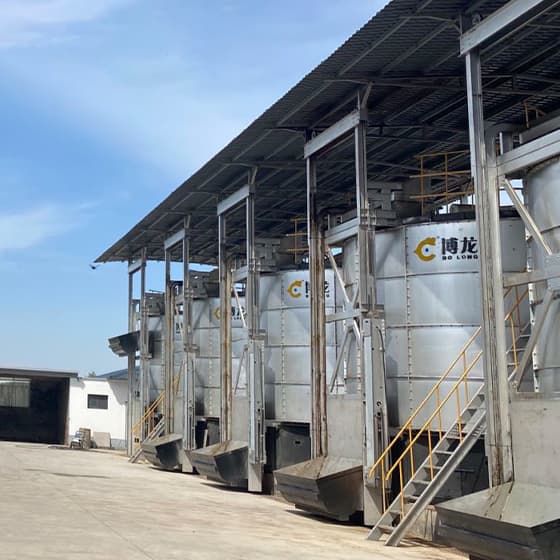Introduction
Improving the efficiency of livestock fermentation tanks is essential for maximizing waste management and resource recovery on farms. This article presents practical strategies to enhance the efficiency of fermentation tanks, leading to better outcomes and cost savings.

Optimization of Waste Input
- Waste Segregation:
Segregate waste streams based on their composition and characteristics. Separate solid and liquid waste to optimize fermentation conditions and improve decomposition efficiency.
- Balanced Inputs:
Maintain a balanced input of organic materials with diverse nutrient profiles. This ensures a steady supply of nutrients for microbial activity and promotes efficient decomposition.
Enhanced Microbial Activity
- Microbial Inoculation:
Introduce specialized microbial inoculants to the fermentation tank to enhance microbial diversity and activity. These inoculants accelerate the decomposition process and improve overall efficiency.
- Microbial Consortia:
Use microbial consortia containing a diverse range of microorganisms optimized for waste decomposition. These consortia work synergistically to break down complex organic compounds more efficiently.
Temperature and Moisture Management
- Temperature Control:
Monitor and control the temperature within the fermentation tank to optimize microbial activity. Maintain temperatures within the range suitable for the growth and activity of decomposing microorganisms.
- Moisture Optimization:
Regularly monitor and adjust moisture levels within the fermentation tank to ensure optimal conditions for microbial growth. Maintain moisture levels that support microbial activity without causing waterlogging.
Aeration and Mixing
- Efficient Aeration Systems:
Install high-efficiency aeration systems to provide oxygen to microbial populations within the fermentation tank. Proper aeration prevents anaerobic conditions and enhances decomposition rates.
- Mixing Mechanisms:
Incorporate mixing mechanisms into the fermentation tank to ensure uniform distribution of organic materials and microbial inoculants. Proper mixing promotes efficient decomposition and nutrient release.
Real-Time Monitoring and Adjustment
- Sensor Technology:
Implement sensor technology to monitor key parameters such as temperature, moisture, and oxygen levels in real-time. Use this data to make timely adjustments and optimize fermentation conditions.
- Automated Control Systems:
Integrate automated control systems that can adjust aeration, temperature, and moisture levels based on real-time sensor data. Automated systems ensure continuous optimization of fermentation conditions.
Conclusion
By implementing these strategies, farms can significantly increase the efficiency of livestock fermentation tanks, leading to improved waste management and resource recovery. Optimization of waste input, enhancement of microbial activity, temperature and moisture management, efficient aeration and mixing, and real-time monitoring and adjustment are key factors in maximizing the performance of fermentation tanks. Ultimately, these efforts contribute to sustainable and cost-effective farming practices.
